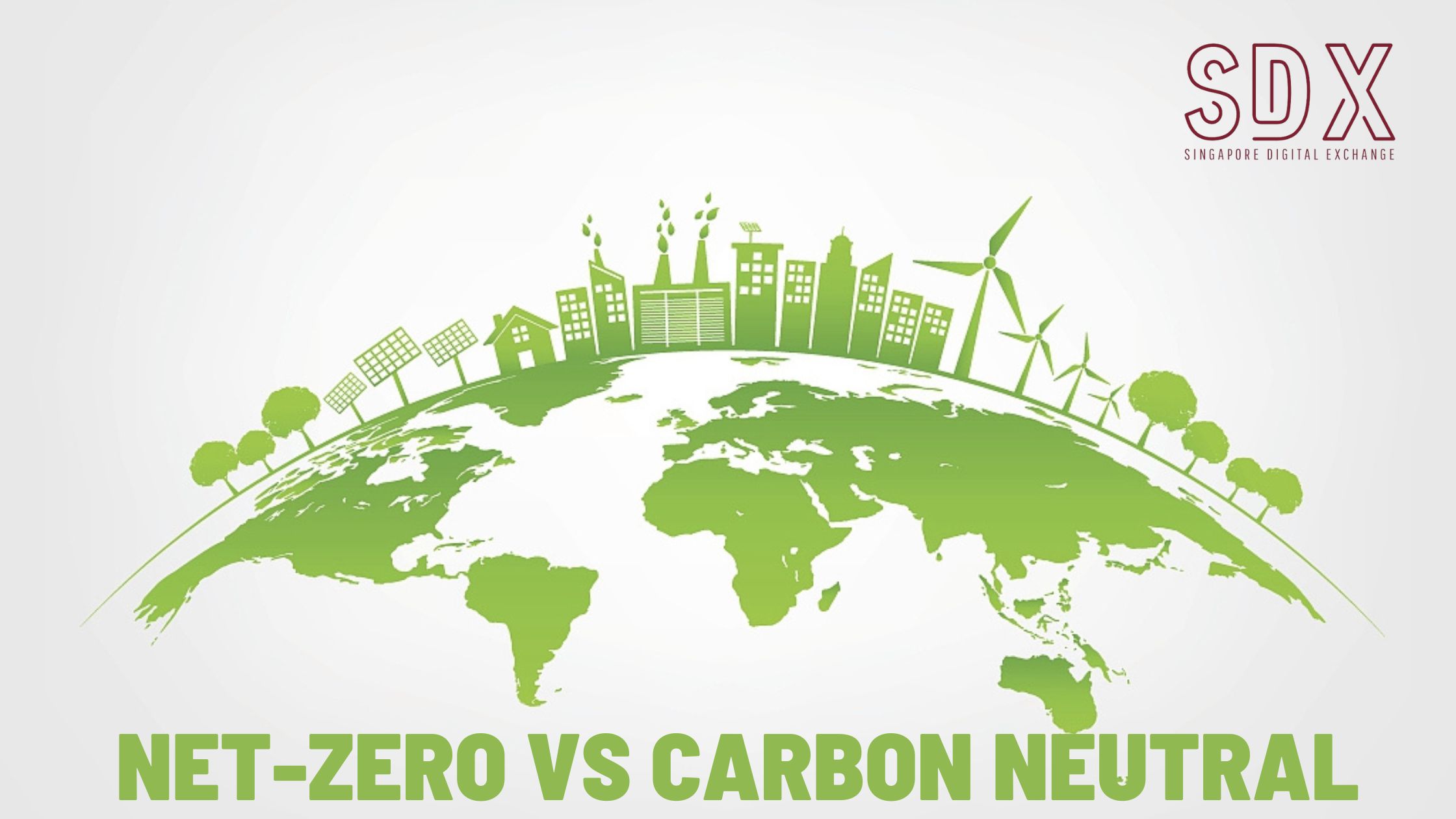There is a lot of discussion about carbon footprint and becoming carbon neutral, but what do these terms actually mean?
A carbon footprint is the number of greenhouse gases or carbon emissions caused by a person, company, or product. This footprint can be estimated right down to the number of greenhouse gasses produced when something as simple as a loaf of bread is produced. Becoming carbon neutral means having a net zero carbon footprint. Of course, using the loaf of bread example, it is virtually impossible to mass produce bread without creating greenhouse gases, so the key here is ‘net zero’. This means that the carbon emissions that are created and go towards a carbon footprint are offset by other means. The measured amount of carbon released in production including transportation, energy production, and industrial processes are offset, or carbon credits are bought to make up the difference. When the carbon created equals the carbon offset, there is a state of carbon neutrality. The first stage in becoming carbon neutral is to assess the number of greenhouse gases produced, giving the carbon footprint. Once the size of this footprint is known, strategies can be developed to reduce it, by looking at each stage of the production, life cycle, and development process. This reduction can come through technological improvements, improved processes, and techniques such as carbon capture.
Carbon offsetting can be used to make up for any shortfall and typically refers to the process of providing financial support for projects that reduce greenhouse gas emissions, such as renewable energy – solar power, wind power, biomass energy, wave, and hydroelectric power, or support for projects like reforestation.
For a business to be carbon neutral it is generally accepted that direct emissions must be removed and offset completely, while indirect emissions, for example from electricity purchased, should be reduced through renewable energy purchases. A strong driver towards carbon neutrality, particularly for a business, should be that it will save them money. Because energy costs have been steadily rising, introducing long-term energy-use reduction processes, will both go towards a lower carbon footprint and reduced energy costs. In her first major speech to Parliament in 2007, New Zealand Prime Minister Helen Clark laid down an ambitious plan of making New Zealand the world’s first greenhouse gas (GHG)-neutral country. Among measures, Clark announced to include a plan that clean-burning biofuels must account for 3.4 percent of fuel sold in the country by 2012 to replace gasoline and diesel; that all 47 government agencies should be using energy-efficient transport, recycled paper, and environmentally-friendly products, and buildings; and a campaign to help households save energy and cut waste. “I believe we can aspire to be carbon neutral in our economy and way of life,” Clark stressed, although no timetable was given to achieve the goal.
Indeed. And Kiwis can hasten that transformation by becoming carbon neutral themselves. Just What Is Becoming Carbon Neutral, and How Does One Go About It? Carbon neutrality refers to energy policies and practices that effectively result in zero net emissions of greenhouse gases (GHG) which contribute significantly to global warming. Any effort to help reduce these gases will offset the effects of global warming. Carbon neutrality encompasses a whole program that includes reducing greenhouse gas emissions, researching and utilizing renewable energy resources, and offsetting whatever emissions one cannot avoid producing. At the personal level, becoming carbon neutral requires a deep awareness of one’s impact on the environment of his or her daily activities. To Become Carbon Neutral, One Can Do It In Two Major Ways: (1) By reducing one’s own carbon emission by becoming energy efficient and deliberately avoiding activities that emit carbon gases and (2) by offsetting whatever is produced by some carbon-reducing activities somewhere around the globe. The second method, offsetting, can be realized by avoiding emissions and carbon sequestration. One can avoid emitting GHG by using less fossil fuel and switching to renewable sources such as geothermal which is locally abundant, for power generation.


